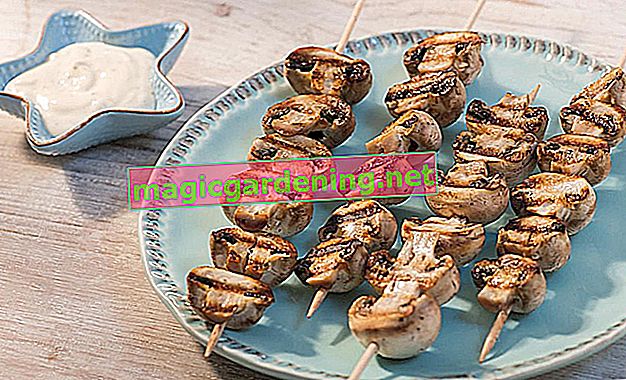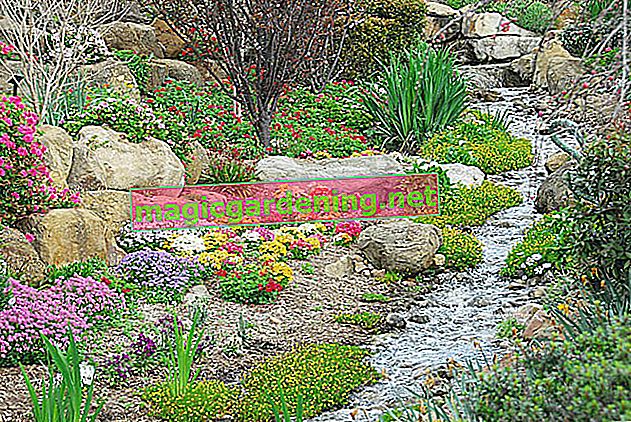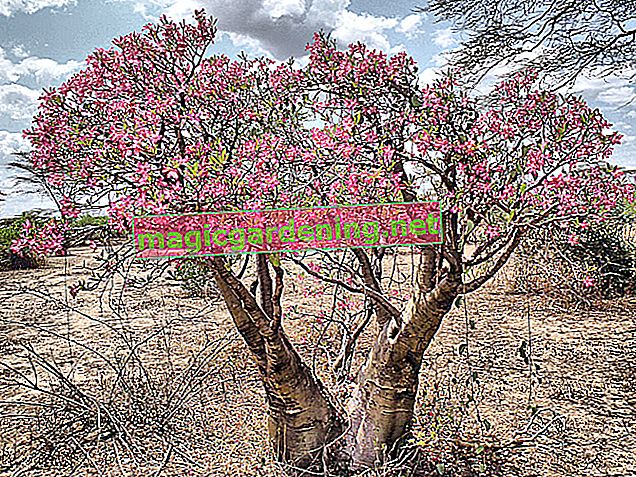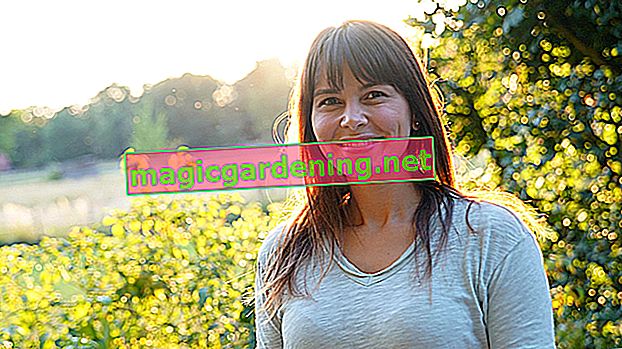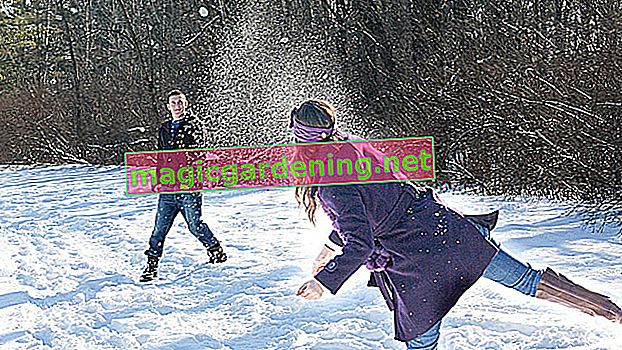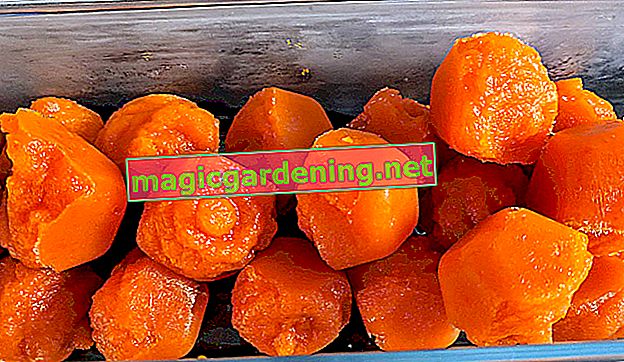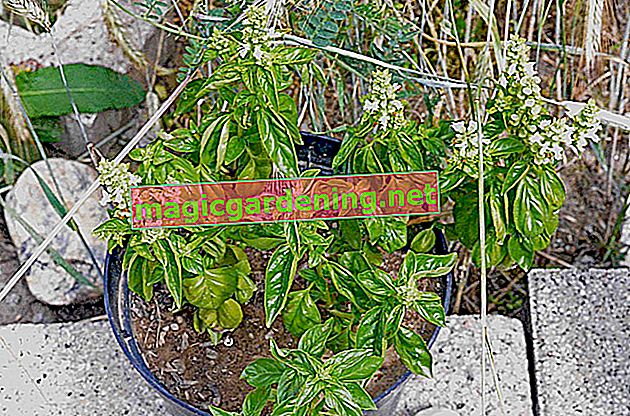
- February 28, 2008: Residues in lettuce: No lettuce without nitrate;
- May 28, 2013: Packaged salads: Every second salad with too many sprouts;
- March 28, 2017: Chicory, lamb's lettuce & rocket in the test: How many pollutants are there?
These were not headlines from the newspaper with the capital "B" at the beginning, but the headlines of articles in the magazine "test" from recent years. In the article from March 2017 it was possible to read: “Spring is here, but lamb's lettuce and rocket are currently still growing under glass or foil. We found a lot of nitrate in their leaves. In the test: 28 not ready-to-cook salads, including six organic products - ten chicory, nine lamb's lettuce and nine rocket. As far as pollution is concerned, two salads are very good, nine are only sufficient. We did not find any harmful residues of pesticides or chlorate. Pleasingly low in pollutants: chicory. "(Quote from the online portal Stiftung Warentest)
also read
- Harvest fresh stevia from your own garden or balcony
- Harvest fresh apples from the apple tree on the balcony
- New potatoes - when and how do we harvest fresh tubers?
Vegetables also thrive in winter
It even grows almost by itself and without any elaborate equipment, either in the garden or even in the pot, so that we don't have to do without broccoli, coriander, kale or the particularly popular Asian salads, even in a blazing frost. But which species actually belong to the winter vegetable diversity in our geographical latitudes? In addition, we took a look around our Austrian neighbors. Wolfgang Palme from the Höhere Bundeslehr- und Forschungsanstalt in Vienna gave some suggestions on the variety of varieties in his latest book "Harvesting fresh vegetables in winter":
| variety | origin | description |
|---|---|---|
| 'Neusiedler Yellow Winter' | Austrosaat | Eastern Austrian traditional variety with light, delicate leaves |
| 'Winter King' | Austrosaat | Traditional variety with light-colored leaves and slight reddish markings, relatively large heads |
| 'Winter Butterhead' | Samen Maier, Nebelung Kiepenkerl | Traditional variety with yellowish leaves, firm heads |
| 'Brown Winter' ('Brune d'hiver') | Sativa Rheinau, Baumaux seeds | strong growth also in winter; good results in our experiments; typical brownish red color |
| 'Winter Chief' | Noah's Ark | loose red-green heads |
| 'Big blonde d'hiver' | Essem'Bio | old variety, strong growth, yellow-green color; blistered, wavy leaves |
| 'Merveille des quatre seasons' | Bingenheim seeds | intense reddish brown color, loose head |
| 'Zimska Salata' | Noah's Ark | Croatian winter lettuce, loose heads |
| 'Viennese Forces' | Noah's Ark | Traditional Viennese variety, blisteringly wavy leaves, robust |
| 'Unique' | Austrosaat | Ice cream salad, traditional variety, reddish edge |
Source: "Harvesting fresh vegetables in winter" by Wolfgang Palme, published by Löwenzahn Verlag Innsbruck
The pick salads are particularly popular with gourmets
We have already reported on this popular leafy vegetable with its different flavors and cultivated forms in another article. But what about the cultivation of these salads, which are externally marked in such a way that they do not have a head, but grow green, red or yellow and in leaf form on our beds? Similar to the popular head lettuce and romaine lettuce, in this country they can be planted outdoors without hesitation until the end of October so that strong roots can develop before the stronger frosts. As with the other winter salads, it is growth-promoting to cover them with a film, which, however, does not primarily serve as frost protection, but rather to keep wind and rain away from the sensitive plants.
Other varieties that are ideally suited for winter cultivation and will become excellent suppliers of vitamins well into the new year are asparagus salad, romaine lettuce, lettuce (down to -10 ° C) and the extremely fast-growing multileaf salads.

